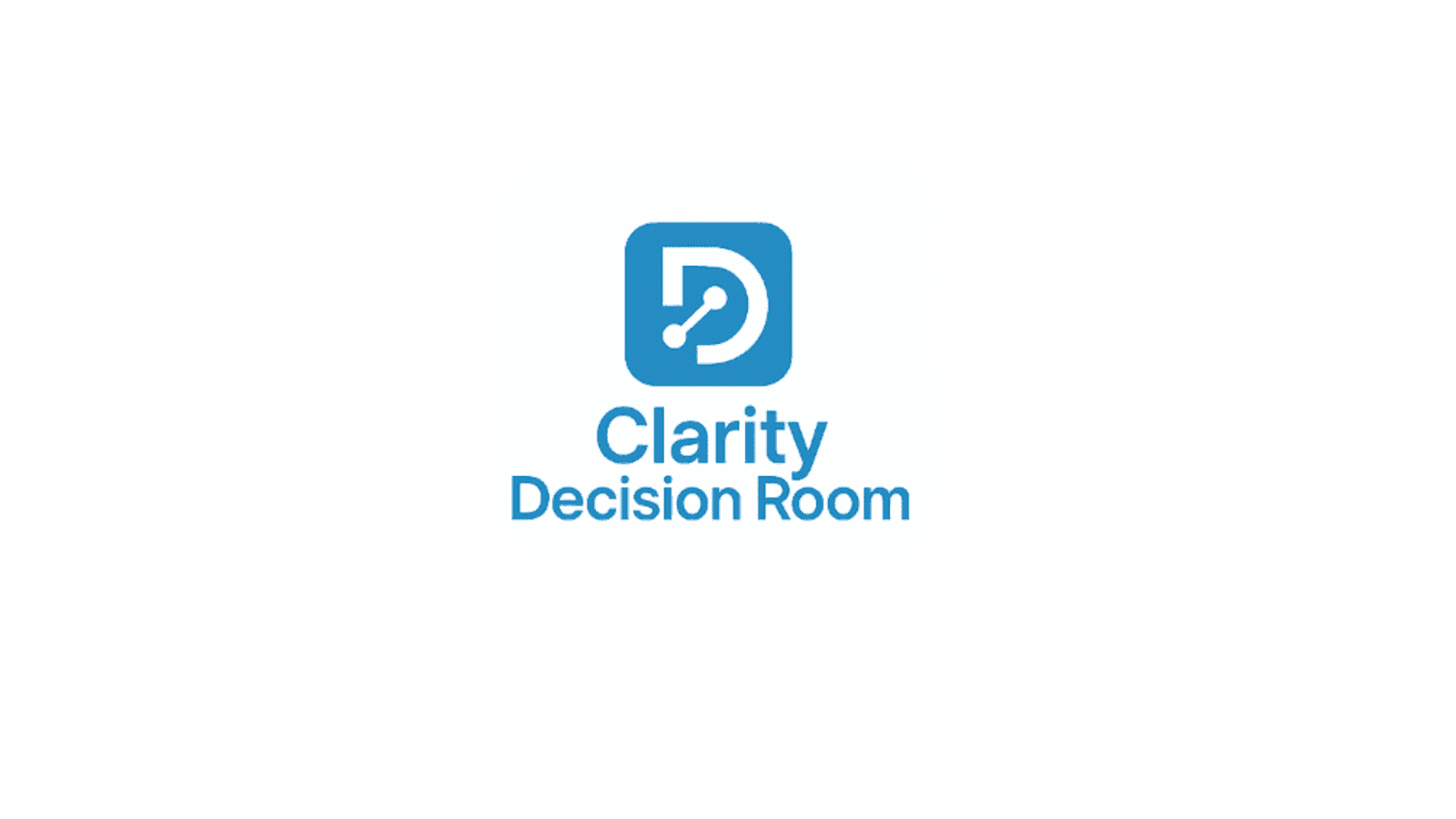People have left. Nobody documented it. The institutional memory is gone. So to new staff, it’s as if it never happened.
I was on a call with a friend recently, talking about how much allowance my 18-year-old twins would receive this summer. She laughed and said, “You must be secretly rich.” I replied, “Nope. I’ve just gotten good at stretching a dollar and making smart trade-offs.”That conversation got me thinking: How do I actually know the trade-offs I make are effective? What internal benchmarks am I using to tell if the decisions I’m making are timely, intentional, and repeatable? The truth is; it’s not formal.I don’t track every decision in a spreadsheet or measure its ROI at home. But in our professional lives, we should be doing that. Because every decision has a cost, and every assumption about its outcome creates decision debt.Too often, we make a decision and assume it worked.We don’t revisit it until the P&Ls come back, and suddenly we discover something terrible… or something brilliant. But by then, we’re too far removed to trace it back.People have left. Nobody documented it. The institutional memory is gone. So to new staff, it’s as if it never happened.That’s how organizations lose momentum and leave money on the table not because of bad intentions but because of missing clarity.
At Clarity Metrics Group, we believe effective decisions should be:
- Repeatable
- Transparent
- Measured
We help organizations move from gut-feel guessing to structured clarity through decision design systems custom-built with guardrails and rituals that support consistent follow-through. And a key part of that design is decision aftercare — the ongoing evaluation of how well your decisions are working.To evaluate decision effectiveness, we recommend tracking three categories of metrics:
- Process metrics like timeliness, use of structured tools (scorecards, RACI charts), and stakeholder involvement.
- Quality metrics like clarity of ownership, alignment across teams, and confidence scores or bias checks.
- Outcome metrics like follow-through rates, reversal rates, and whether the decision had the intended impact.
When decisions aren’t tracked, evaluated, or followed through, you’re not just stalling progress; you’re eroding potential.
If you don’t examine it, you can’t improve it.
And if no one remembers how or why a decision was made, there’s no way to replicate success or learn from failure.
If you’re curious about how well your organization is tracking decision effectiveness, start with our free Clarity Check:Let’s stop making decisions we can't trace and start building clarity into every choice we make.
